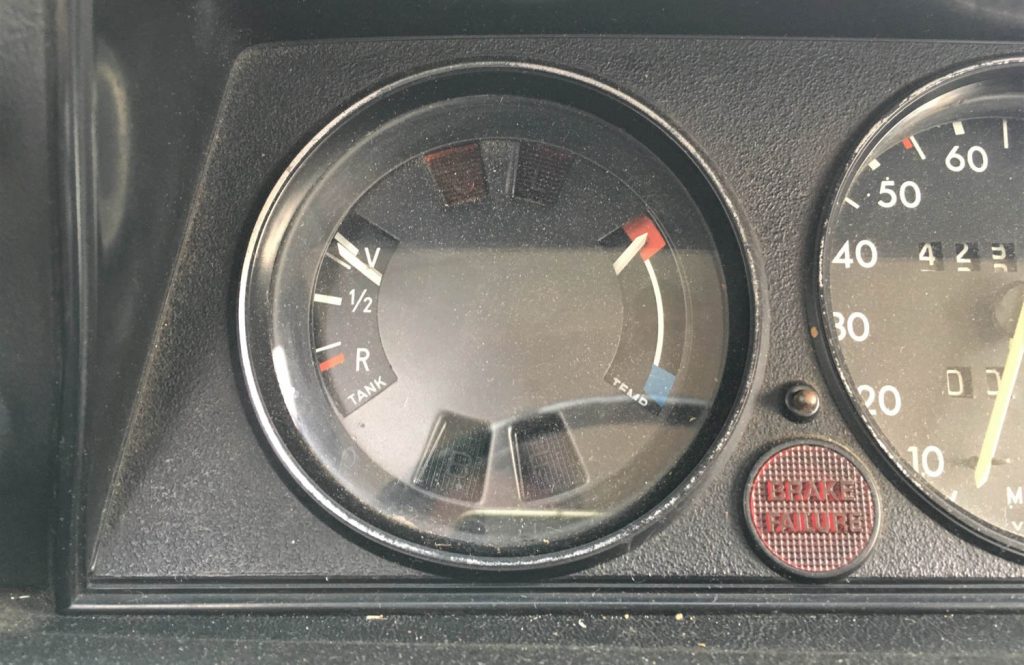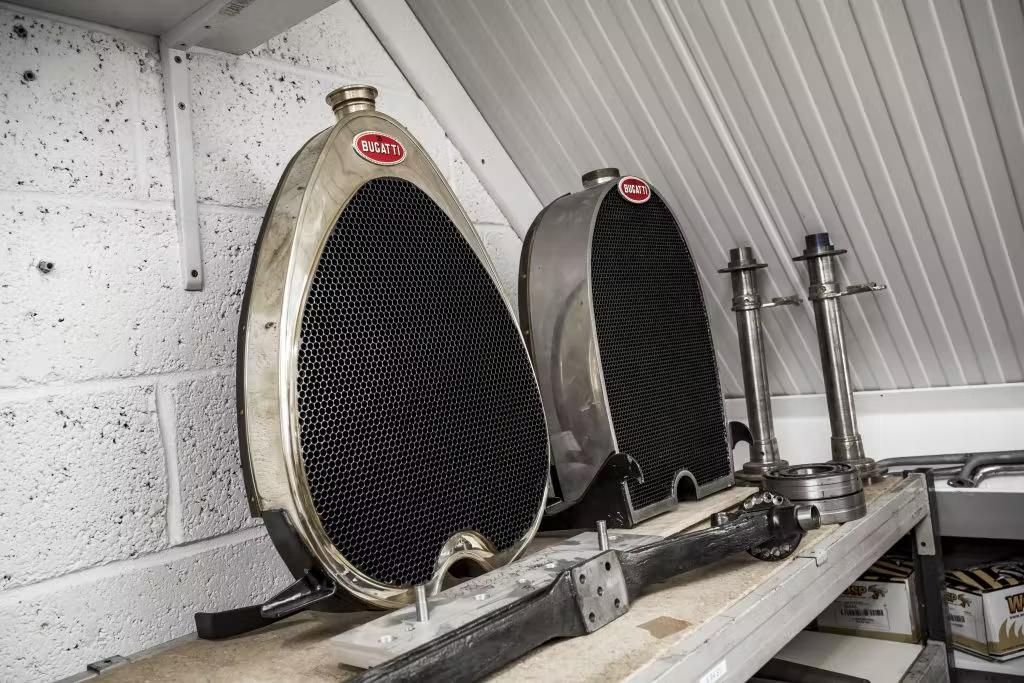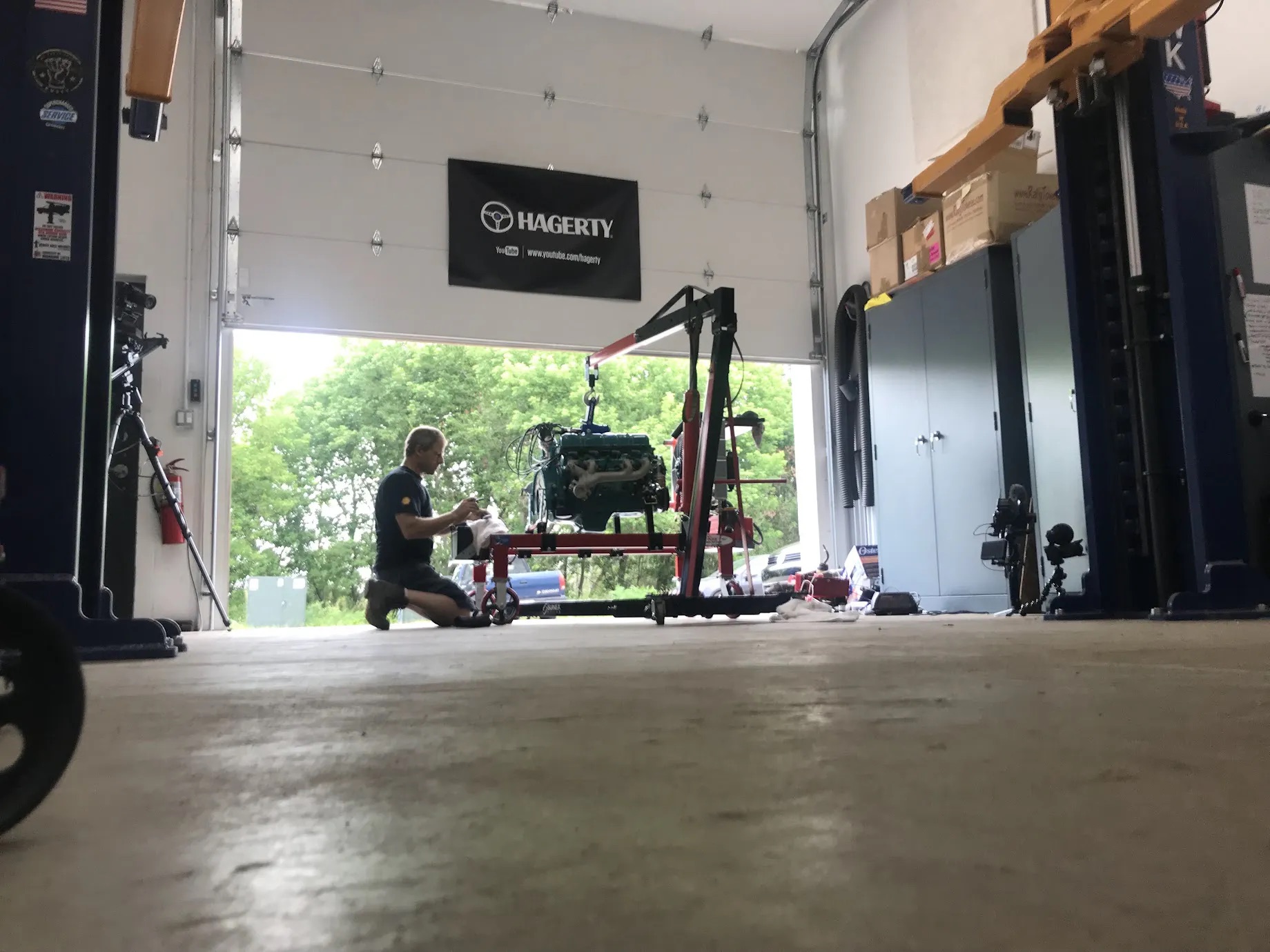As the UK swelters in a heatwave, the azure blue skies and thought of a breezy drive can be tempting for owners of all cars, let alone classics. But is your car up to it? While the first fault to show up in the winter is a tired battery the first problem to reveal itself on the hottest days of the year can arguably be a lot worse, a dodgy cooling system. Here are five practical tips for checking your car’s cooling system so there’s less chance of it overheating and doing serious damage.
Check the coolant level
Assuming the fan belt hasn’t broken and is driving the water pump, the first and most obvious thing to check is the coolant level, either in the radiator or on a later car, in the radiator header tank. The latter of these doesn’t require any more technical effort or knowledge than opening the bonnet and using your eyes. Header tanks are usually a translucent plastic and clearly marked “Max” and “Min”. With the engine cold, the level should be somewhere in between the two.

Don’t be tempted to fill up beyond that or the excess will overflow. If it’s a radiator, simply loosen the cap when the engine is cold and take a peek inside. The top of the radiator core is visible just below the filler hole but it should be submerged just below the coolant level. If the top of the core is exposed to the air, the coolant is low and should be topped up to just above the core again, using an appropriate coolant (ask the vehicle manufacturer or a specialist or owners’ club if you’re unsure of the correct coolant to use). Don’t fill the radiator to the brim, but maintain that airspace.
Check the cooling system for leaks

Cooling systems must be perfectly sealed otherwise, to state the blindingly obvious, coolant will leak out. What isn’t blindingly obvious is where the coolant is leaking from and by how much. If there’s been a major failure like a burst hose or stone through the radiator then yes, the result can be one of those black and white movie-style steaming breakdowns by the side of the road.
Leaks can be unobtrusive and a mere ooze or weep from a joint can be the culprit, but luckily they’re easy to spot. Before venturing out, grab a torch and have a gander under the bonnet (preferably when the engine is cold) and look for the tell-tale signs which can be easy to spot. Look for brown streaks on external engine surfaces or if the engine has fresh coolant and anti-freeze, dribbles of said colourful liquid oozing from joints. It’s vital that coolant is kept in decent condition and contains the correct amount of anti-freeze because apart from preventing freezing in winter, it acts as an anti-corrosive.
Inspect the radiator cap’s rubber seal
If all is well and there are no leaks, don’t forget to check that the coolant is actually circulating around the engine. On a traditional radiator with no header tank water can be seen circulating with the engine running and the radiator cap off. Beware loosening a radiator cap with the engine hot though, it’s potentially dangerous.
Which brings us to the next thing to check so that your car runs faultlessly in a heatwave. In a cooling system with or without header tank, the radiator cap does the pressurising. Pressure caps have a sprung mechanism on the inside face with a rubber seal. The stronger the spring, the higher the pressure it will seal and the higher the temperature the coolant can reach before it boils. If the rubber seal is perished, the pressure won’t be maintained and coolant will leak out through the overflow when the engine gets up to temperature. It’s worth simply replacing these from time to time with the correct rating of cap to make sure all is well.
Is the thermostat fitted and functioning?
An engine should always have a thermostat fitted to the cooling system, but on older cars that have been the recipient of sloppy tinkering, they’re sometimes missing. The thermostat helps the engine warm up more quickly from cold by restricting flow through the radiator until the coolant reaches a certain temperature and then it opens, allowing all the coolant to flow through the core. Cooling systems are designed to incorporate the thermostat and if they’re left out, the coolant doesn’t flow as it should and this can create hotspots.
Now, here’s the thing. Coolant leaves the engine through the top, travels through the top hose, is forced down through the radiator, cooled, and goes back into the engine through the bottom hose. The thermostat is usually positioned where water leaves the engine at the top and there’s a bypass hose or channel so some water can circulate when the thermostat is closed. The bypass also means that in cooler weather the engine isn’t likely to overheat if the thermostat fails and is stuck shut or half open. But, oh boy, when that steaming hot day arrives, you’ll quickly have a problem if the thermostat is faulty or missing.
Carry out preventative maintenance

What preventative maintenance can be done to prevent any of this happening? The answer to that is plenty. Check the condition of all the coolant hoses, including heater hoses both inside and outside of the car, and all clips. Remember they may be OK when the coolant is cold but once hot and under pressure, there may be trouble ahead. Renew the thermostat and pressure cap as a matter of course and do so every few years if necessary, they’re cheap enough. Flush the cooling system with a garden hose and use the correct amount of anti-freeze for its anti-corrosive properties.
If a car has been run for years without anti-freeze or without the coolant being changed, rusty sludge can build up and block thin tubes in the radiator core and sediment builds up in the bottom tank. This isn’t uncommon and if new to a car, it’s worth checking thoroughly especially if the coolant is a filthy brown colour. If in doubt, remove the radiator and flush it more thoroughly or have it re-cored at a radiator specialist. It might cost a couple of hundred pounds but it’s a lot better than getting stuck or wrecking the engine.
If a cooling system is in perfect, factory condition, it shouldn’t really need an upgrade. If a car is overheating, barring a blown head gasket, it’s usually because the cooling system isn’t working properly. However, things like electric cooling fans can be an improvement, especially in city traffic that may be much worse now than it was. One thing to remember is that many pre- and immediately post-war cars ran cooler and didn’t have pressurised cooling systems. And last of all, combustion engines make more heat than power and the cooling system must be able to remove more excess heat than the engine generates. Hold that thought and all should be well on the hottest days.
Read more
Socket Set: Maintaining your car’s cooling system
Getting it wrong: Misdiagnosing a cooling system problem










After flushing, and draining, it’s worth filling up with the correct ratio of anti-freeze to water using DE-IONISED or DISTILLED water, especially in hard water areas. Some aluminium engined classics have marginal waterways, so eliminating the chance of sediments such as limescale is very important.